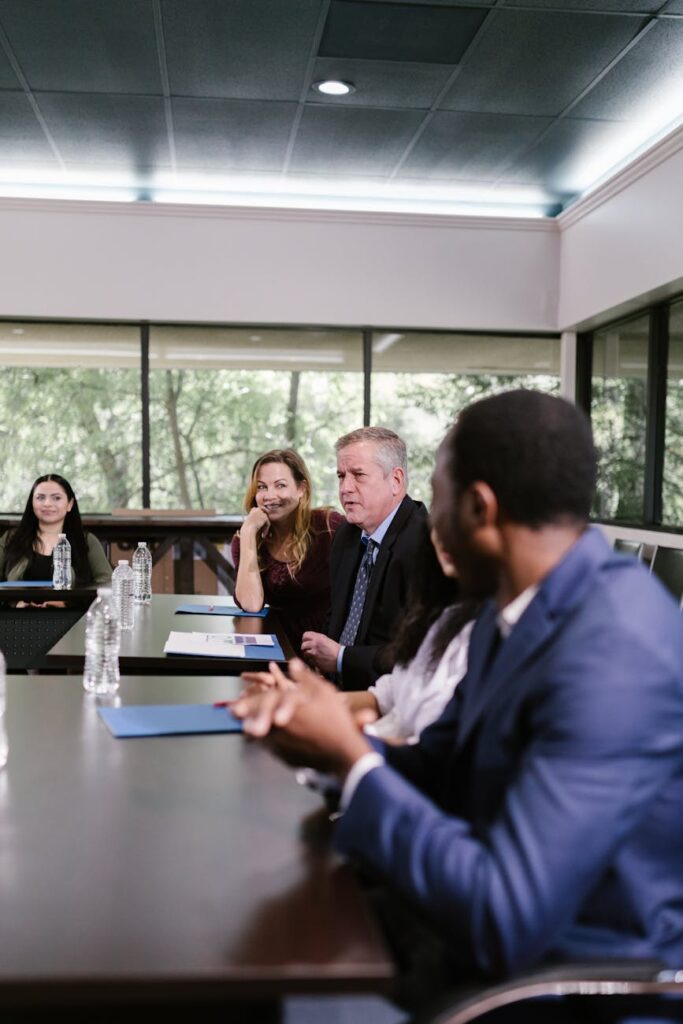What is effective meeting practices?

What is effective meeting practices?
In today’s fast-paced world, effective meeting practices are crucial for enhancing productivity and managing time wisely. We all know the feeling of a lengthy meeting that seems to drain our energy rather than energize our projects. To turn the tide, it’s essential to adopt strategies that ensure meetings yield positive outcomes. This article breaks down effective meeting practices that can transform how we communicate and collaborate.
Understanding Effective Meeting Practices
Effective meeting practices encompass a range of strategies designed to promote productive outcomes during gatherings. These practices set the tone for not only what happens in the meeting but also how participants engage with the process and each other. Whether in a personal or professional setting, these practices inform how we prepare for, conduct, and follow up on meetings.
Importance of Clear Objectives
Establishing clear objectives is paramount when initiating any meeting. Without a specific goal in mind, discussions can meander, leaving participants frustrated. Clear objectives ensure that everyone understands the purpose of the meeting and can prepare accordingly. According to Mural, well-defined objectives guide discussions, helping to keep conversations relevant and focused.
Imagine going into a meeting without understanding what needs to be resolved or decided. It would be like setting out on a journey without a destination in mind. By defining clear objectives, you create a roadmap that guides everyone toward the desired outcome.
Setting an Agenda
A well-structured agenda acts as a blueprint for meetings, outlining the topics to be discussed and the time allocated for each. An effective agenda helps keep discussions on track and ensures that all key points are covered. As noted by Harvard Business Review, asking team members for input on agenda items can create a sense of ownership and increase engagement.
When you share the agenda in advance, participants come prepared, leading to more meaningful discussions. Think of the agenda as the menu at a restaurant; it tells you what to expect and helps you prepare for the meal ahead.

Photo by RDNE Stock project
Strategies for Conducting Effective Meetings
Implementing specific strategies can significantly improve meeting efficiency. Let’s explore several key practices.
Choosing the Right Participants
Not everyone needs to attend every meeting. Selecting the right participants ensures that discussions are relevant and that decision-makers are present. When the appropriate people are involved, the quality of the conversation improves, and decisions can be made swiftly. According to McKinsey, identifying key stakeholders before the meeting allows for more focused discussions.
Consider creating a checklist of who should attend based on the agenda. This proactive approach minimizes unnecessary attendees and emphasizes the importance of participation among those who truly need to be there.
Time Management Techniques
Effective time management is crucial in ensuring that meetings are productive. Techniques like timeboxing, where specific time limits are set for each agenda item, can help keep discussions concise. The Pomodoro Technique, which encourages focused work intervals followed by breaks, can also be adapted for meetings. This method helps maintain energy levels and keeps participants engaged.
Setting a timer for each discussion point can transform a chaotic meeting into a structured, efficient session. Participants will appreciate your commitment to their time, leading to a more productive environment.
Utilizing Technology Tools
Incorporating technology can streamline the meeting process. Tools like video conferencing software and collaborative platforms can facilitate better communication and document sharing. According to Skillcast, using technology effectively can enhance participation, especially for remote teams.
Whether using shared documents for note-taking or platforms for brainstorming, leveraging technology allows for smoother collaboration and keeps everyone on the same page.
Post-Meeting Practices
The work doesn’t end once the meeting concludes. Implementing follow-up actions is just as vital to ensuring accountability and progress.
Action Items and Responsibilities
After every meeting, it’s essential to document action items and assign responsibilities to participants. This clarity helps everyone know what is expected of them moving forward. As mentioned in an MIT Sloan Review, agreeing on next steps during the meeting ensures that everyone leaves with a clear understanding of their tasks.
Consider sending a summary email that outlines what was discussed, any decisions made, and action items assigned. This not only serves as a reference but also reinforces accountability among participants.
Gathering Feedback
Collecting feedback about the meeting can be invaluable for continual improvement. Encouraging participants to share their thoughts on what worked well and what could be improved can lead to more effective meetings in the future. According to a blog post on ViewSonic, asking for feedback demonstrates a commitment to growth and can foster a culture of open communication.
Create a simple survey or an informal feedback session to gather insights. This practice shows that you value participants’ opinions and are willing to make changes to improve future meetings.
Conclusion: The Impact of Effective Meeting Practices
In conclusion, effective meeting practices can significantly enhance productivity and improve work-life balance. By establishing clear objectives, setting structured agendas, and implementing strategic practices, you can transform meetings from time-wasters into valuable opportunities for collaboration.
As you embrace these practices, remember that continuous improvement is essential. Engage with your team, gather feedback, and adjust your approach as needed. By making effective meeting practices a priority, you’ll create an environment that maximizes efficiency and drives positive outcomes for everyone involved.